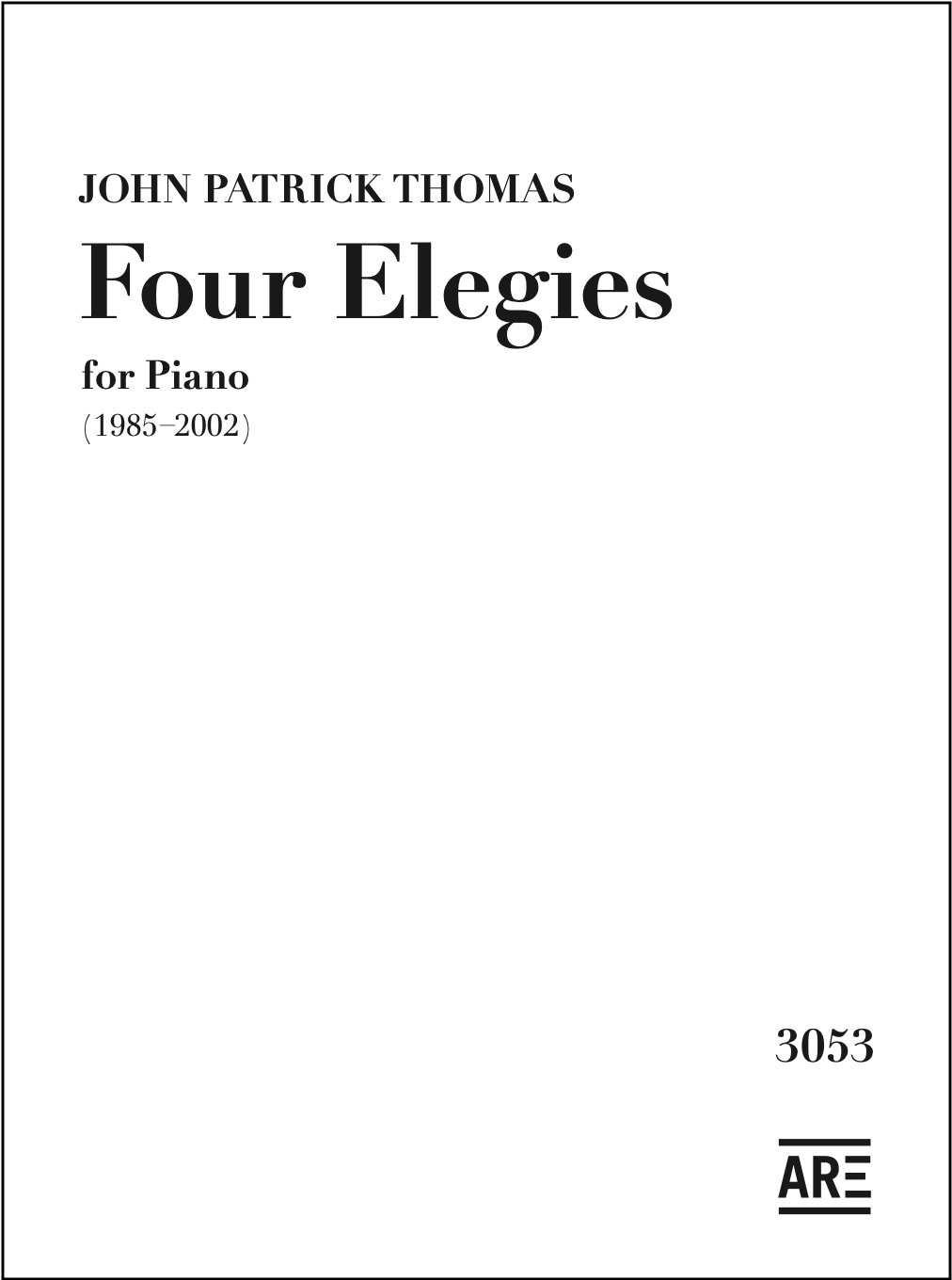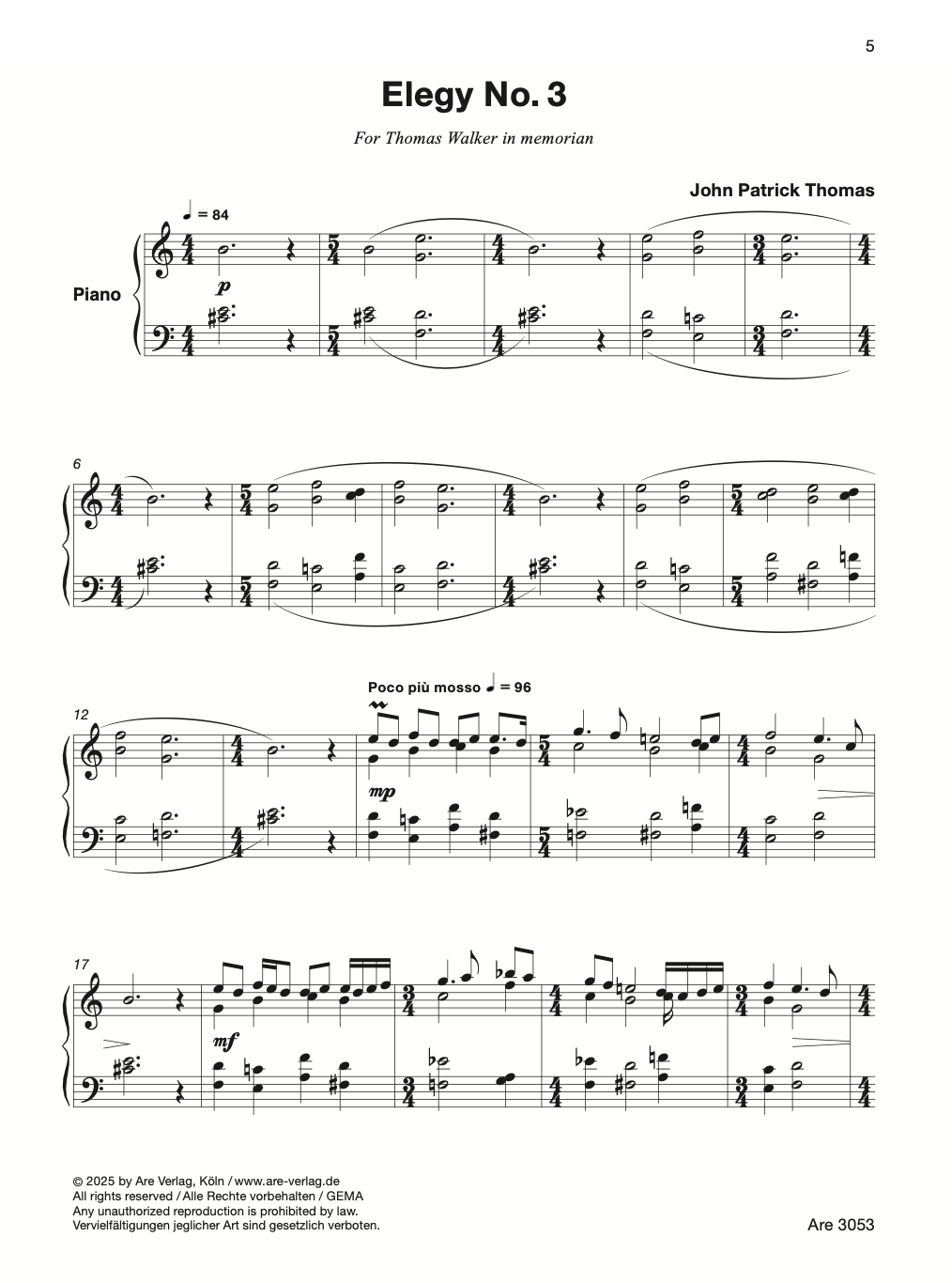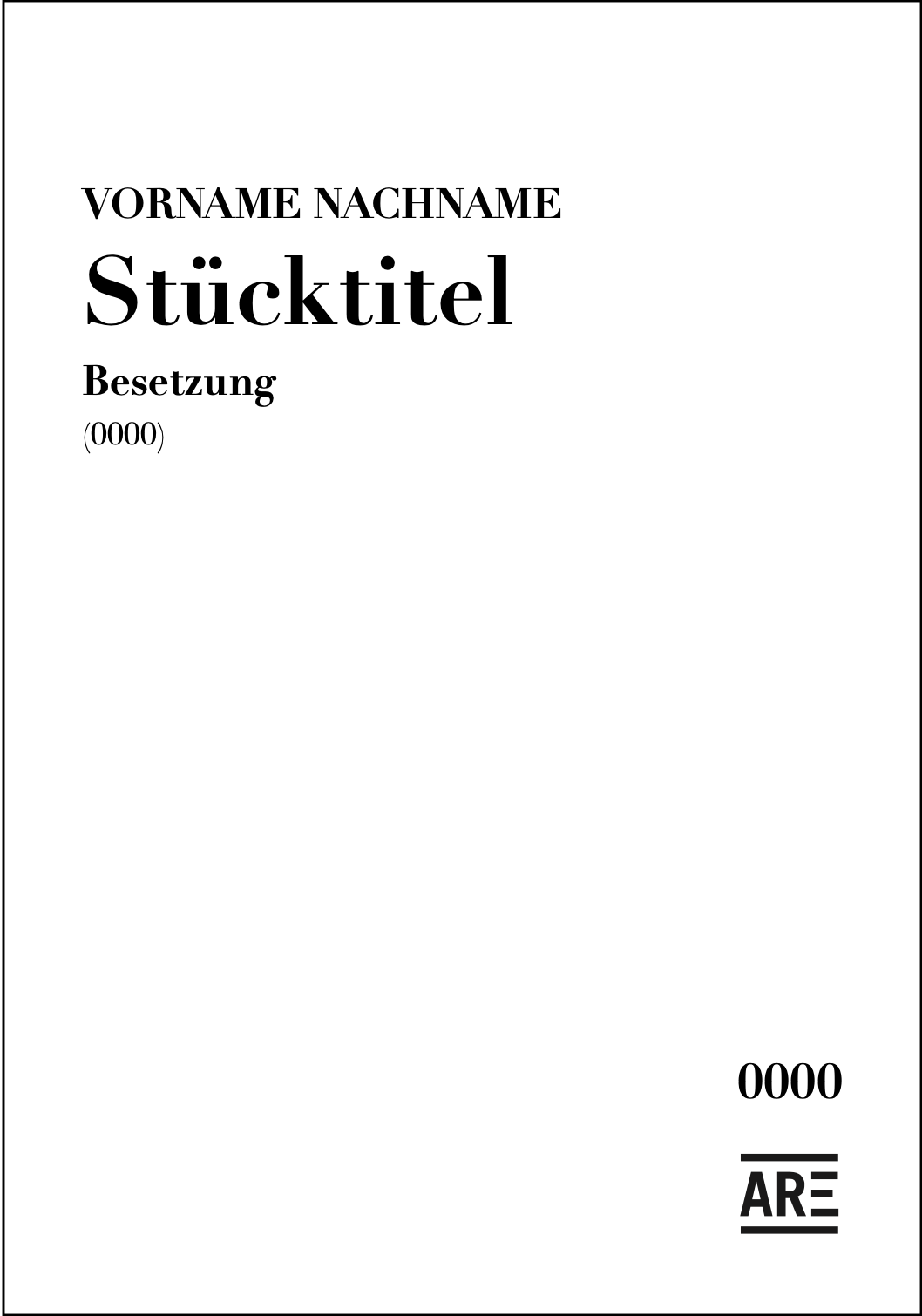Beschreibung
Introduction
This volume is a collection of pieces I wrote in
memory of four people who played important roles
in my life. I wanted to remember certain experiences,
to hold on in some form to people and places that
are slipping away as I grow older, and perhaps even
make time stand still.
Elegy No. 1 was written in memory of the American
composer Roger Sessions ( 1896-1985 ). I began to
compose music in 1953 after walking into a dormitory
room at the Columbus Boychoir School where a
recording of Sessions’s orchestral suite The Black
Maskers was playing. Like no music I’d ever heard
before, it provided me with a musical direction and
changed my life.
Elegy No. 2 is dedicated to Allen Rieves ( 1930-
2002 ), the father of my partner Richard Rieves. I met
Allen under awkward circumstances, but he took me
into his family and told me that no matter what might
happen in the future I would always be welcome in
his home.
Elegy No. 3 was composed in memory of the
distinguished musicologist Thomas Walker ( 1936-
1995 ). We were students together in Berkeley at the
University of California, assistant professors in the
music department at SUNY Buffalo, and expatriates
in Paris and London. Later, he and his wife BB were
my hosts on visits to Italy, where Tom was Rector at
the university in Ferrara. Because of his involvement
with music history, I originally wrote the piece for
clavichord. The score looks a bit like music from
the Fitzwilliam Virginal Book and was intended as a
companion piece for Johann Froberger’s Tombeau
pour M. Blancrocher. This was the first of my
“leporello” or “zigzag” pieces. The music expands
and contracts as it proceeds, adding a new element
each time. The process becomes increasingly
elaborate until, finally exhausted, the music reverts
to the simplicity of the beginning.
Elegy No. 4 remembers Loes Verberne-Schaap
( 1908-2002 ), the mother of my colleague and friend
the Dutch cellist Marijke Verberne. Loes Verberne-
Schaap was a piano teacher who, diminished in her
last years, imagined that the nurse helping her at
home was a student who had come for lessons. As
a result, the nurse received piano lessons for several
weeks. This piece is also formed as a “leporello”
with whole segments zigzagging forward and back.
Over a rippling figure in the right hand, the left hand
begins with single notes, the number of which then
increases to five until the whole process is reversed
and the number of left-hand notes is reduced from
five to one.
JPT
Are 3053






